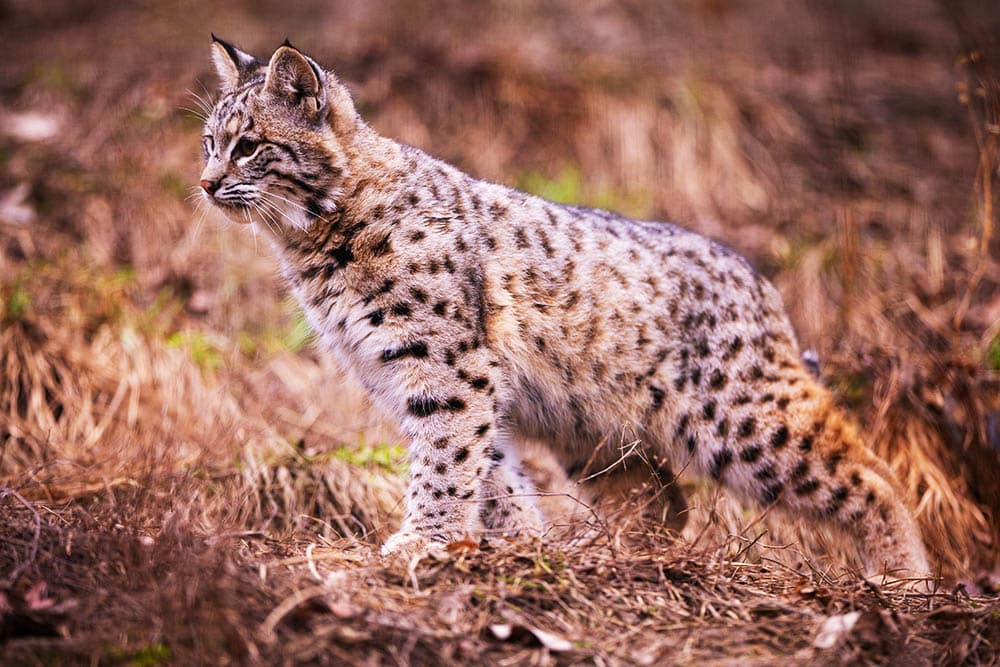Endangered species have been facing a perilous existence in the face of human activities, climate change, and habitat destruction. As the delicate balance of our ecosystem continues to shift, the need for urgent and effective conservation efforts becomes increasingly vital. The alarming decline in biodiversity not only threatens the survival of these species but also poses a grave danger to the stability of our planet. It is time to acknowledge the urgency of the situation and take action before we lose these irreplaceable wonders of nature forever.
The Threatened Existence
Our planet is currently witnessing a devastating acceleration in species extinction rates. According to the International Union for Conservation of Nature (IUCN), a staggering 41,415 species are incredibly close to extinction. This number includes charismatic creatures such as tigers, polar bears, elephants, and countless others who form an integral part of our natural heritage.
Human activities have played a significant role in driving many species to the brink of extinction. Deforestation, pollution, overfishing, hunting, and the illegal wildlife trade are just a few examples of the negative impacts we have on our fellow inhabitants. Climate change further exacerbates the situation, leading to the loss of critical habitats, unpredictable weather patterns, and disruptions in life cycles.
The Ripple Effect
The extinction of a single species can have far-reaching consequences throughout the entire ecosystem. Every organism, no matter how small or seemingly insignificant, plays a unique role in maintaining the delicate balance of nature. The disappearance of a key species disrupts the intricate web of interdependence, resulting in a cascade of negative effects on other plants and animals.
For instance, the loss of pollinators like bees and butterflies not only affects the reproduction of flowering plants but also threatens our food security, as it undermines crop yields. A study published in Science revealed that the extinction of large apex predators, such as wolves or lions, leads to an increase in herbivore populations, causing excessive grazing and devastating effects on vegetation.
Moreover, the disappearance of distinct species also diminishes the aesthetic and cultural value they hold. From being the emblematic symbols of nations to the spiritual significance they hold for indigenous communities, every species contributes to the rich tapestry of our shared cultural heritage.
The Urgent Need for Conservation
To address this urgent crisis, immediate conservation efforts must be fortified and expanded. Here are some crucial steps that can help pave the way for the preservation of endangered species:
1. Enhanced Legal Protection: Governments must introduce and strengthen legislation that protects endangered species and their habitats. Strict penalties for illegal hunting and trade, as well as regulations on habitat destruction, are essential to deter potential violators.
2. Preservation of Natural Habitats: Efforts should be made to establish more protected areas and national parks. These areas provide essential sanctuaries for endangered species and help preserve their natural habitats. Strict regulations on land-use and sustainable development practices should also be implemented to mitigate further degradation.
3. Community Engagement: The involvement and cooperation of local communities play a crucial role in successful conservation efforts. Engaging communities through education, awareness campaigns, and providing sustainable alternatives can help reduce illegal activities and foster a sense of ownership towards protecting endangered species.
4. Sustainable Wildlife Trade: Governments and international organizations should work together to curb illegal wildlife trade, which poses a significant threat to endangered species. Enforcing stricter regulations, promoting alternative livelihoods for affected communities, and raising awareness about the negative impacts of the trade can help curb this destructive practice.
5. Scientific Research and Monitoring: Adequate funding should be allocated to scientific research and monitoring programs to understand species dynamics, identify critical habitats, and develop effective conservation strategies. Conserving endangered species requires scientific knowledge, and continuous monitoring ensures the effectiveness of conservation efforts.
6. Public Awareness and Education: Raising public awareness about the importance of biodiversity and the imminent threats facing endangered species can lead to significant support for conservation initiatives. Educational programs, media campaigns, and initiatives targeting schools and universities can help instill a sense of responsibility and understanding among the general public.
The Time to Act is Now
The urgency of the situation cannot be understated. Every day, we inch closer to losing irreplaceable species forever, disrupting entire ecosystems, and compromising the resilience of our planet. Taking immediate action to protect endangered species is not only crucial for their survival but also for the well-being of future generations.
By implementing robust conservation efforts, engaging communities, and raising awareness, we can restore the delicate balance of nature and ensure the survival of countless species. We must act now, before it is too late, and watch them disappear from our world forever.
Summary
The alarming decline in endangered species calls for urgent conservation efforts. Human activities, climate change, and habitat destruction are endangering countless species and disrupting the delicate balance of ecosystems. Immediate steps, including legal protection, preservation of natural habitats, community engagement, sustainable wildlife trade, scientific research, and public awareness, are essential to prevent further loss. The urgency to act is imperative to preserve biodiversity, protect our shared cultural heritage, and ensure a sustainable future.
- Act Now or Lose Forever: The Devastating Impact of Species Extinction - 21 de junio de 2023
- Act now or watch them disappear: The urgent need for endangered species conservation - 21 de junio de 2023
- A Decadent Symphony for Your Taste Buds: Gastronomic Revolution Unleashed! - 18 de junio de 2023
